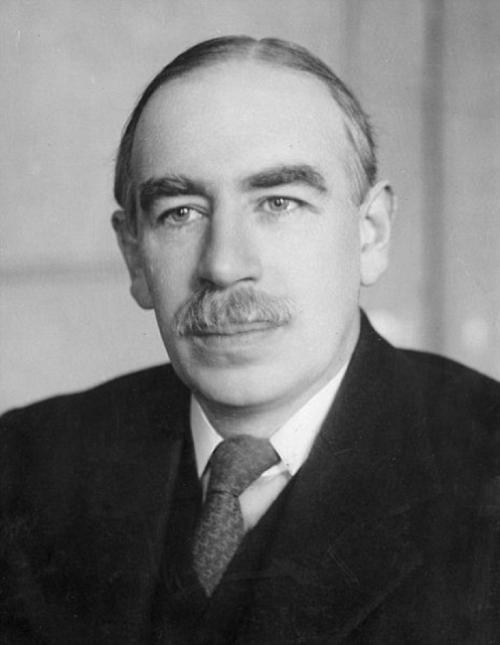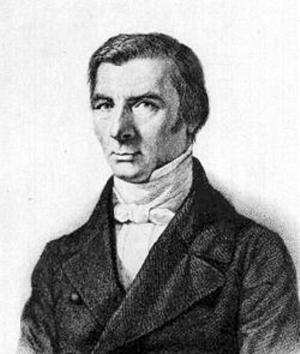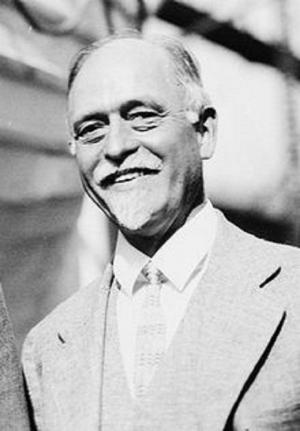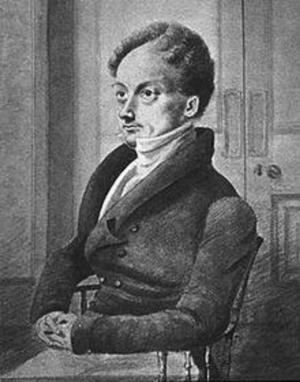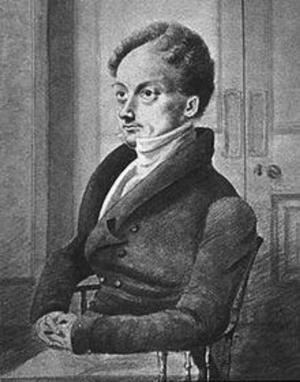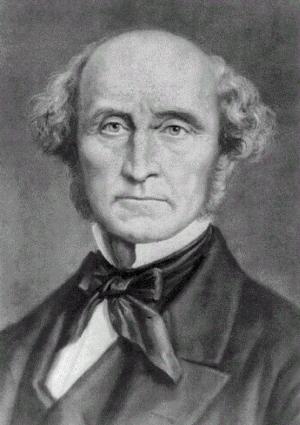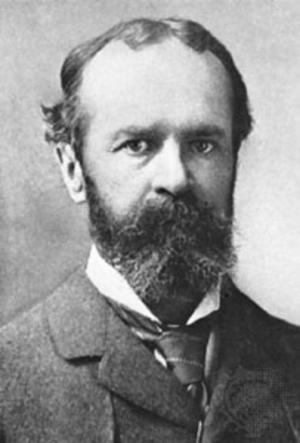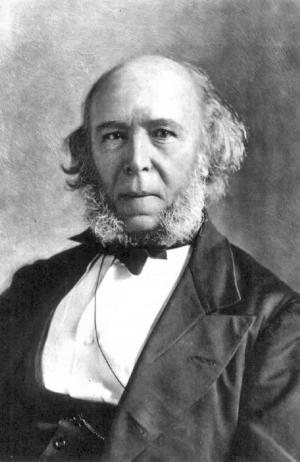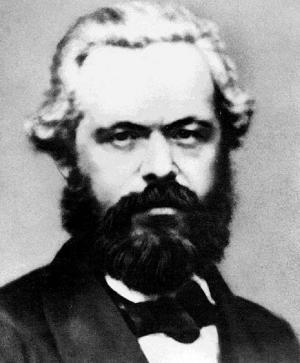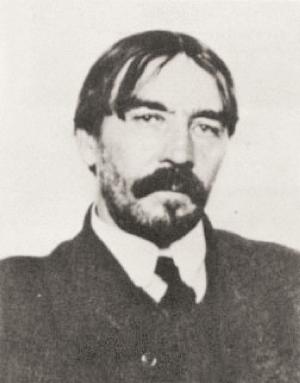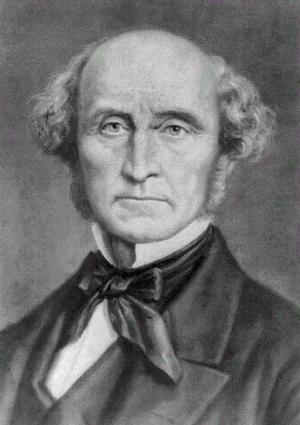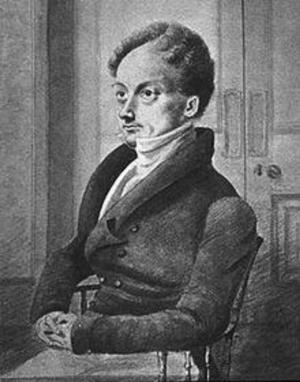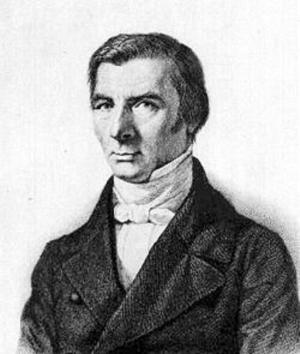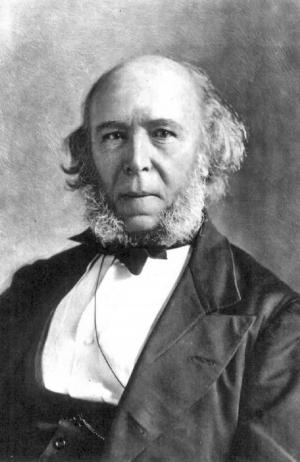The General Theory of Employment, Interest and Money (Illustrated and Bundled with An Essay on the Principle of Population)
Business & Finance, Economics, Macroeconomics, Theory of Economics| Author: | John Keynes, Thomas Malthus | ISBN: | 1230000268356 |
| Publisher: | AS Team | Publication: | September 16, 2014 |
| Imprint: | Language: | English |
| Author: | John Keynes, Thomas Malthus |
| ISBN: | 1230000268356 |
| Publisher: | AS Team |
| Publication: | September 16, 2014 |
| Imprint: | |
| Language: | English |
The book has an active table of contents for easy access to each chapter of the following titles:
1) THE GENERAL THEORY OF EMPLOYMENT, INTEREST AND MONEY - JOHN MAYNARD KEYNES
2) AN ESSAY ON THE PRINCIPLE OF POPULATION – THOMAS MALTHUS
This book contains the two most important works by John Keynes and Thomas Malthus in economic history.
John Keyes made essential contributions to classical economics and he has been called the most influential classical economist along with Adam Smith, Thomas Malthus, John Stuart Mill, and Karl Marx.
The General Theory of Employment, Interest and Money is the most important work by John M. Keynes in economic history. The work is served as a theoretical foundation for the interventionist policies that are popular today.
In addition to the theory of Keynesian economics, Keynes’s most important legacy is on the subjects of war and economy. After Keynes attended the Versailles Conference as a delegate of the British Treasury, he wrote the book The Economic Consequences of the Peace in 1919 to establish a general opinion that the Versailles Treaty was a Carthaginian Peace. The book also helped to consolidate American public opinion against the treaty and involvement in the League of Nations.
Keynes was also a key player in establishing the Bretton Woods system and Marshall Plan after Second World War due to his lessons learned from Versailles as well as the Great Depression. He is usually credited to lay out the theoretical foundation for the United States to form Marshall Plan to response to Soviet ‘Salami Tactics’ after the Second World War. You can see those real economic systems helped by Keynes similar to that proposed in The Economic Consequences of the Peace.
John Keynes was also one of those rare people who achieved both tremendous investing success and lasting fame. When he died, his estate was worth more than $17 million in today’s dollars. The path of value theory can be traced back to David Ricardo and John Keynes. Ricardo and Keynes pioneered the path of value investing continued by Benjamin Graham, Philip Arthur Fisher, and Warren Buffett in the United States.
Thomas Robert Malthus was the founding father of population theory of classical economics and his most well-known work An Essay on the Principle of Population was published in 1798. Malthus was often misinterpreted, but his views became popular again in the 20th century with the advent of Keynesian economics.
John Maynard Keynes called Malthus the "first of the Cambridge economists". In The General Theory of Employment, Interest and Money on Malthus, Keynes praises Malthus's understanding of an economy's difficulties in maintaining full employment.
The theoretical link between Keynes and Malthus is that employment, quality life, and population are related. Both great minds made unmatched contributions to the fields of employment and population growth.
Malthus explained the decline of quality life on three elements in the book An Essay on the Principle of Population:
1) The overproduction of population
2) The inability of resources to keep up with the rising human population
3) The irresponsibility of the lower classes
The Explanation implied the lower employment that John Keynes addressed in the book Theory of Employment, Interest and Money.
To address the excessive growth of population, Malthus suggested the family size of the lower class ought to be regulated such that poor families did not produce more children than they could support.
Does this sound familiar? China has implemented a policy of one child per family though this applies to all families, not just those of the lower class.
This is a must-read book for readers who are also interested in the deepest thoughts and views about politics, population, and economic development by John Keynes and Thomas Malthus, two of the greatest economic thinkers on the planet.
The book has an active table of contents for easy access to each chapter of the following titles:
1) THE GENERAL THEORY OF EMPLOYMENT, INTEREST AND MONEY - JOHN MAYNARD KEYNES
2) AN ESSAY ON THE PRINCIPLE OF POPULATION – THOMAS MALTHUS
This book contains the two most important works by John Keynes and Thomas Malthus in economic history.
John Keyes made essential contributions to classical economics and he has been called the most influential classical economist along with Adam Smith, Thomas Malthus, John Stuart Mill, and Karl Marx.
The General Theory of Employment, Interest and Money is the most important work by John M. Keynes in economic history. The work is served as a theoretical foundation for the interventionist policies that are popular today.
In addition to the theory of Keynesian economics, Keynes’s most important legacy is on the subjects of war and economy. After Keynes attended the Versailles Conference as a delegate of the British Treasury, he wrote the book The Economic Consequences of the Peace in 1919 to establish a general opinion that the Versailles Treaty was a Carthaginian Peace. The book also helped to consolidate American public opinion against the treaty and involvement in the League of Nations.
Keynes was also a key player in establishing the Bretton Woods system and Marshall Plan after Second World War due to his lessons learned from Versailles as well as the Great Depression. He is usually credited to lay out the theoretical foundation for the United States to form Marshall Plan to response to Soviet ‘Salami Tactics’ after the Second World War. You can see those real economic systems helped by Keynes similar to that proposed in The Economic Consequences of the Peace.
John Keynes was also one of those rare people who achieved both tremendous investing success and lasting fame. When he died, his estate was worth more than $17 million in today’s dollars. The path of value theory can be traced back to David Ricardo and John Keynes. Ricardo and Keynes pioneered the path of value investing continued by Benjamin Graham, Philip Arthur Fisher, and Warren Buffett in the United States.
Thomas Robert Malthus was the founding father of population theory of classical economics and his most well-known work An Essay on the Principle of Population was published in 1798. Malthus was often misinterpreted, but his views became popular again in the 20th century with the advent of Keynesian economics.
John Maynard Keynes called Malthus the "first of the Cambridge economists". In The General Theory of Employment, Interest and Money on Malthus, Keynes praises Malthus's understanding of an economy's difficulties in maintaining full employment.
The theoretical link between Keynes and Malthus is that employment, quality life, and population are related. Both great minds made unmatched contributions to the fields of employment and population growth.
Malthus explained the decline of quality life on three elements in the book An Essay on the Principle of Population:
1) The overproduction of population
2) The inability of resources to keep up with the rising human population
3) The irresponsibility of the lower classes
The Explanation implied the lower employment that John Keynes addressed in the book Theory of Employment, Interest and Money.
To address the excessive growth of population, Malthus suggested the family size of the lower class ought to be regulated such that poor families did not produce more children than they could support.
Does this sound familiar? China has implemented a policy of one child per family though this applies to all families, not just those of the lower class.
This is a must-read book for readers who are also interested in the deepest thoughts and views about politics, population, and economic development by John Keynes and Thomas Malthus, two of the greatest economic thinkers on the planet.
